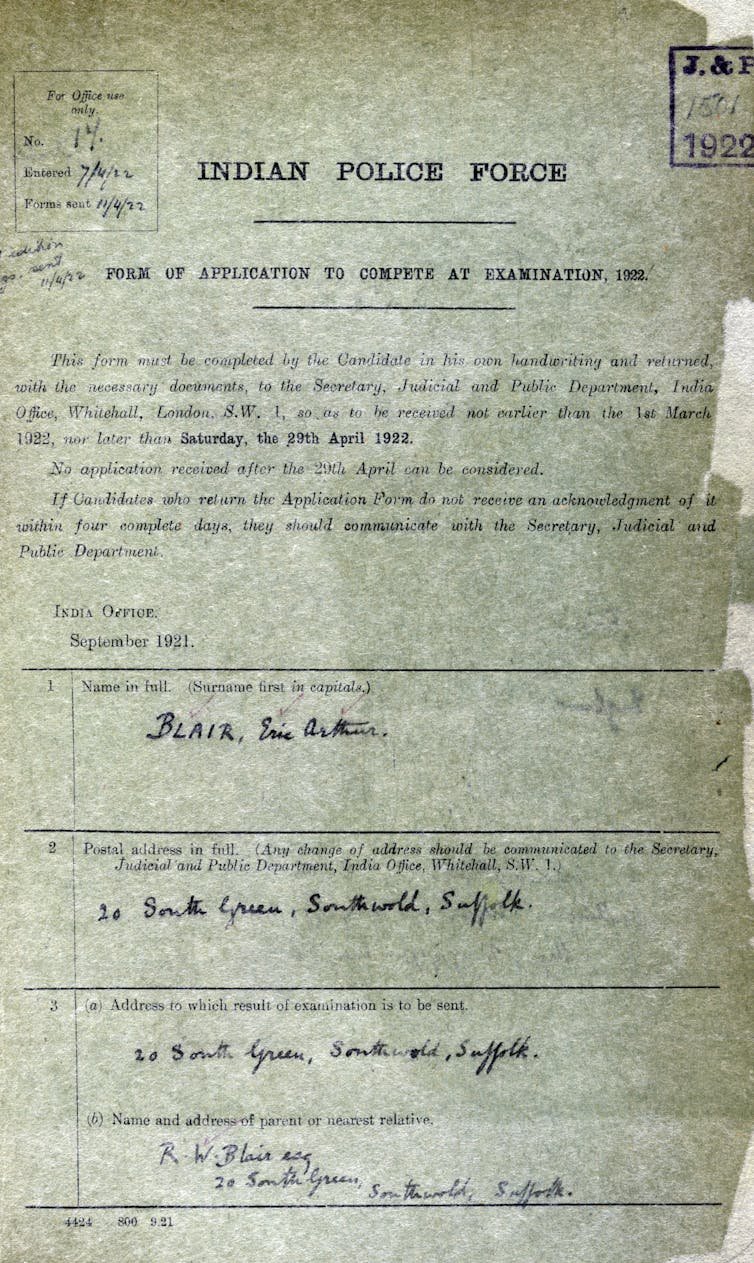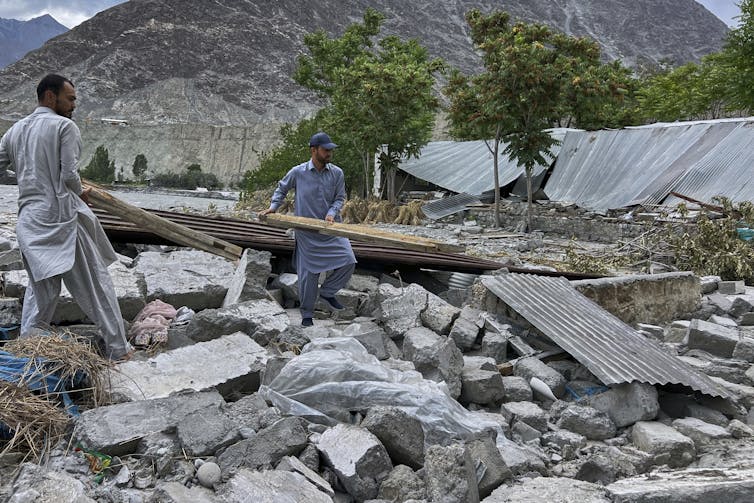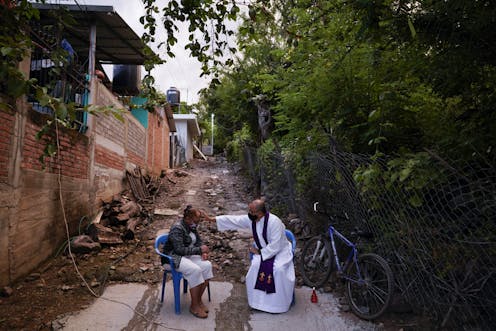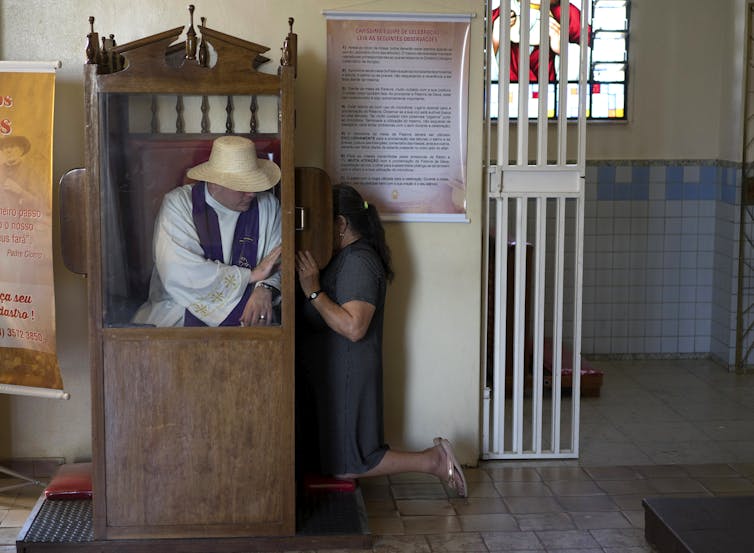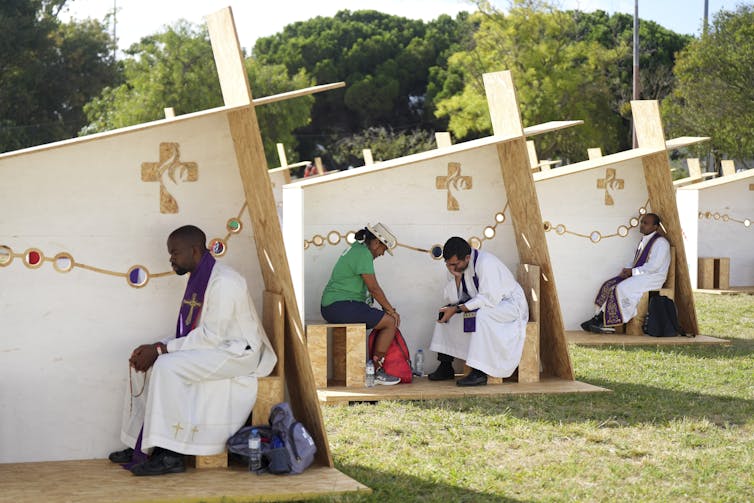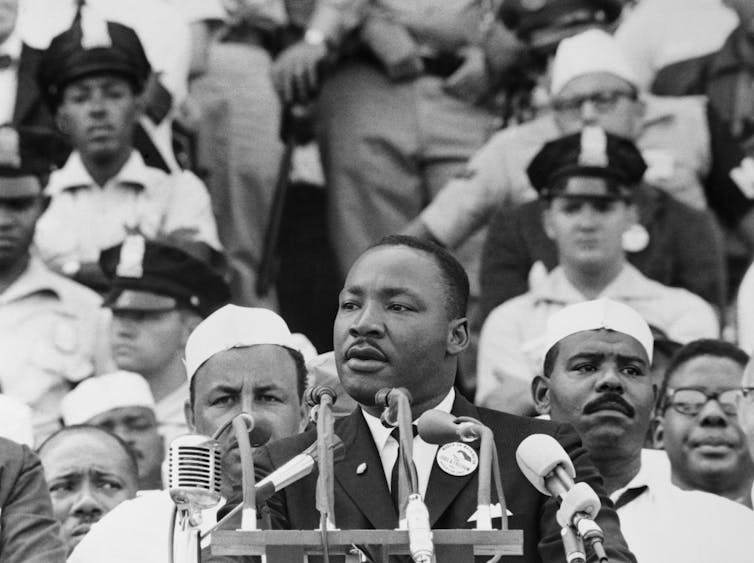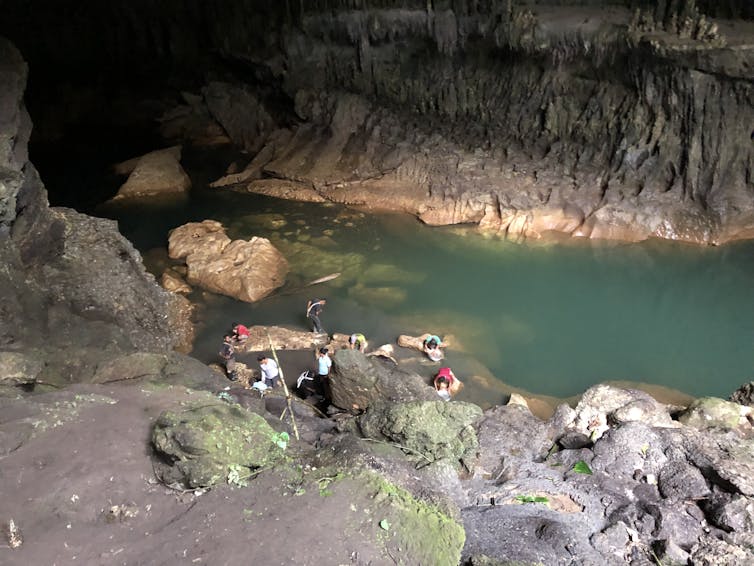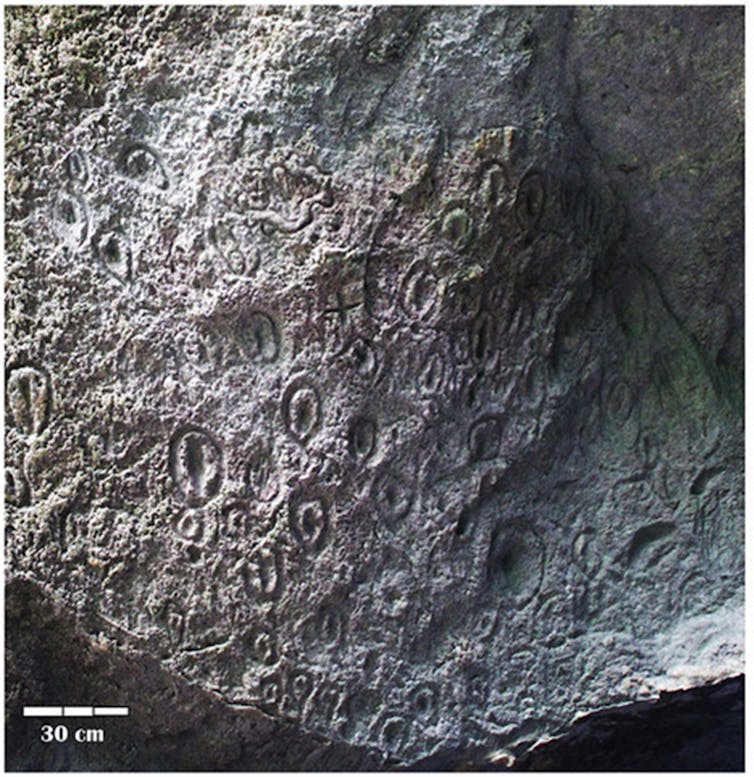Source: The Conversation – France – By Raysa Geaquinto Rocha, Lecturer at the University of Essex and Assistant Professor at the VU Amsterdam, European Academy of Management (EURAM)
Think about the last time you chatted with a colleague by the coffee machine, grabbed lunch with a colleague, or reached out to someone to praise their performance. These casual work connections, often taken for granted, can become pathways to new opportunities, valuable information, and a sense of belonging that make our professional lives meaningful.
For the estimated 15-20% of workers who are neurodivergent, navigating these connections often involves unique challenges. Beyond managing sensory overload in bustling office environments (think fluorescent lighting, background conversations and constant movement), neurodivergent workers may struggle with unspoken rules of workplace socialising. Many find chitchat draining, requiring significant mental effort to process verbal cues in real time. Others experience anxiety around initiating casual contact or maintaining small talk without a clear purpose. Reading subtle facial expressions and knowing when to join or leave conversations present additional hurdles. And the practice of “masking”, or consciously hiding neurodivergent traits to “fit in”, can also lead to exhaustion.
Together, these challenges create significant barriers to building the connections and networks that contribute to workplace well-being and career development. In the work of the late French sociologist Pierre Bourdieu, these networks are part of a person’s “social capital”, a form of capital that allows individuals to influence others and access resources.
What is neurodivergence?
Neurodivergence refers to the neurobiological variation in how human brains function and process information. Neurodivergent individuals have brain structures and cognitive processes that differ from what society considers neurotypical. Neurodiversity includes classifications such as autism spectrum disorder (ASD), attention deficit hyperactivity disorder (ADHD), dyslexia, dyscalculia, and Tourette syndrome, among others. These classifications often pose both unique challenges and bring distinct strengths. For instance, many neurodivergent people face difficulty with time management, and also demonstrate exceptional pattern recognition, creativity, or hyperfocus in their areas of interest.
Many neurodivergent individuals have traits, or experience co-occurring conditions or challenges, that can further shape their workplace experiences. For instance, sensory processing sensitivity affects how environmental stimuli are perceived and processed, often leading to heightened reactions to lights, sounds and textures. Rejection sensitive dysphoria (RSD) manifests as an intense emotional response to perceived or actual rejection or criticism, along with a need for external validation. (Women with ADHD are particularly affected by RSD challenges in the workplace.) There may be executive function challenges affecting time management and task prioritisation. And a recent study has found that anxiety and depression occur at higher rates among some neurodivergent populations.
Neurodivergence and invisibility
Neurodivergence in the workplace is often invisible. Many neurodivergent people navigate work environments without formal diagnoses, either because assessment services are limited or costly, or because they have developed coping strategies without identifying the underlying differences in how their brains function. Those with diagnoses may choose not to disclose their neurodivergent status for reasons including fears of misunderstanding, stigma or discrimination. As a result, these workers may be managing substantial cognitive efforts and social challenges without colleagues or managers knowing it. The pressure can lead to less work-life balance and job satisfaction, along with increased anxiety and burnout.
Organisations committed to neuroinclusion face a particular challenge: how to create environments that support neurodivergent workers when many remain unidentified? This challenge underscores the importance of applying universal design principles in the workplace, and the trouble with relying on individually requested accommodations. It also points to the need for neurodivergent workers to build meaningful relationships at work.
The social dimension of neuroinclusivity
While the UK’s Equality Act 2010 ensures “reasonable adjustments” to physical environments and work processes, these safeguards primarily address workplace inclusion’s visible and structural aspects. They do not fully address its social dimension, where those casual coffee chats and lunch break conversations happen. Despite having the proper desk set-up or flexible hours, many neurodivergent workers still struggle to navigate unwritten social rules and networking expectations. In our research, we argue that building a neuroinclusive workplace requires finding ways to make it easier for meaningful connections to happen.
Underscoring the growing recognition of this viewpoint, a UK employment tribunal ruled earlier this year that nonverbal “expressions of frustration”, such as sighing and exaggerated exhaling, that were directed at a worker with ADHD constituted disability discrimination. The ruling signals a shift toward recognising that neuroinclusive workplaces must also address the nuanced social behaviours that shape neurodivergent workers’ experiences.

A weekly e-mail in English featuring expertise from scholars and researchers. It provides an introduction to the diversity of research coming out of the continent and considers some of the key issues facing European countries. Get the newsletter!
The quest for a neuroinclusive workplace
Rather than expecting neurodivergent workers to adapt to conventional social norms, forward-thinking organisations are redesigning interaction spaces with clearer social protocols, diverse communication channels and explicit networking pathways. These environments reflect awareness that different neurological processing styles bring a valuable diversity of perspectives.
As part of our ongoing research project, Neurodivergent workers and well-being: Socialisation and meaningful relationships in the workplace, we have been conducting interviews with neurodivergent workers, HR managers and neuroinclusion specialists in the UK to understand the role that socialisation has on career development, job satisfaction, and the ultimate flourishing of neurodivergent workers. We have also been sending surveys to neurodivergent workers to ask about topics such as distributive justice, perceived stigma, and social relationships at work. Some of our research is in the technology sector, where companies increasingly recognise that inclusion comes from celebrating neurodiversity.
So far, we’re hearing that socialisation is a bigger struggle for neurodivergent workers than requesting and receiving reasonable adjustments. Our forthcoming guide aims to help policymakers, organisations and managers implement evidence-based strategies to support neurodivergent workers in building the meaningful connections that all workers need to flourish.
The European Academy of Management (EURAM) is a learned society founded in 2001. With over 2,000 members from 60 countries in Europe and beyond, EURAM aims at advancing the academic discipline of management in Europe.
![]()
Dr Raysa Rocha (Principal Investigator) is part of the research project “Neurodivergent workers and well-being: Socialisation and meaningful relationships in the workplace” (2025-2027). The project is funded by the British Academy/Wellcome Trust (Award: SRG24241480) and approved by Essex-ERAMS ETH2425-0166.
Dr Louise Nash (Co-Investigator) is part of the research project “Neurodivergent workers and well-being: Socialisation and meaningful relationships in the workplace” (2025-2027), funded by the British Academy/Wellcome Trust and approved by Essex-ERAMS.
Dr Siddhartha Saxena (Co-Investigator) is part of the research project “Neurodivergent workers and well-being: Socialisation and meaningful relationships in the workplace” (2025-2027), funded by the British Academy/Wellcome Trust and approved by Essex-ERAMS.
– ref. Social connections matter for the well-being of neurodivergent workers – adjustments to office settings and routines aren’t enough – https://theconversation.com/social-connections-matter-for-the-well-being-of-neurodivergent-workers-adjustments-to-office-settings-and-routines-arent-enough-263449



